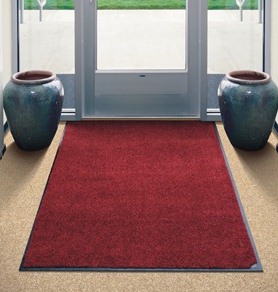Don't Know Much About Floor Mats? Let Us Help!
Entrance Mats
These mats are the primary defense against tracking in dirt and moisture. Entrance mats should do four things: stop dirt and water at the door, store soil and water for removal, minimize the tracking of soil and water into the facility and provide a safe surface that is slip resistant and is not a trip hazard.
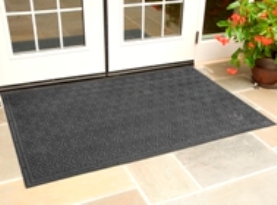
Scraper Mats
These mats may be used inside or outside of entrances. Scraper mats act as a first line of defense, effectively trapping and holding heavy soil and sand. These mats should be used with entrance mats that also provide wiping properties to remove fine soil and water.
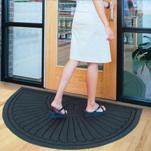
Interior Mats
These mats perform many tasks. In many cases, they are used as "dust control" or "finishing" mats. Other uses of interior mats include spot, spill, and soil control in higher use areas such as vending machines, coffee service areas, copy machines, registration areas, etc. Interior mats are also very useful in protecting indoor surfaces from wear in high traffic areas.

Logo Mats
These mats are an ideal way to project a positive corporate image while protecting interior surfaces. Logo mats fall into one of four categories: Anti-Fatigue mats, Entrance mats, Interior mats, and Scraper mats.
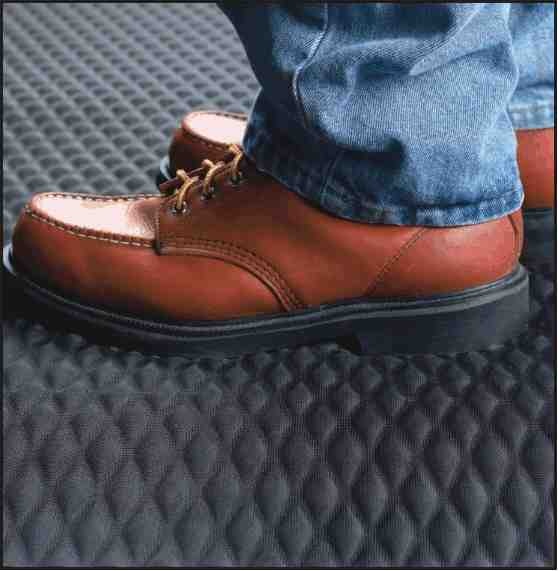
Anti-Fatigue Mats
These mats provide a safe, productive surface in occupations that require long periods of standing. Under these conditions, leg muscles become static, restricting blood flow. Reduced blood flow causes fatigue. Anti-Fatigue mats allow leg muscles to contract and expand increasing blood flow thus reducing fatigue.
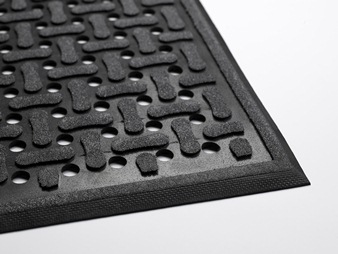
Anti-Slip Mats
These mats are engineered to provide safe footing in slippery environments. Typical applications include outside of entrances, ramps, and areas where contaminants such as oil, grease, or water are common.
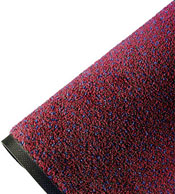
ESD
Electro Static Discharge is a costly problem in environments where electronics are present. Anti-Static and Static Dissipative matting is an effective way to deal with the problem. Anti-Static matting tests range from 108 to 1010 ohms. Anti-Static matting will not cause the static charge to increase while on the mat. Static Dissipative matting tests range from 104 to 107 ohms. Static Dissipative mats will drain the static charge keeping it from causing damage to electrical components and discomfort to employees working on the mats.
